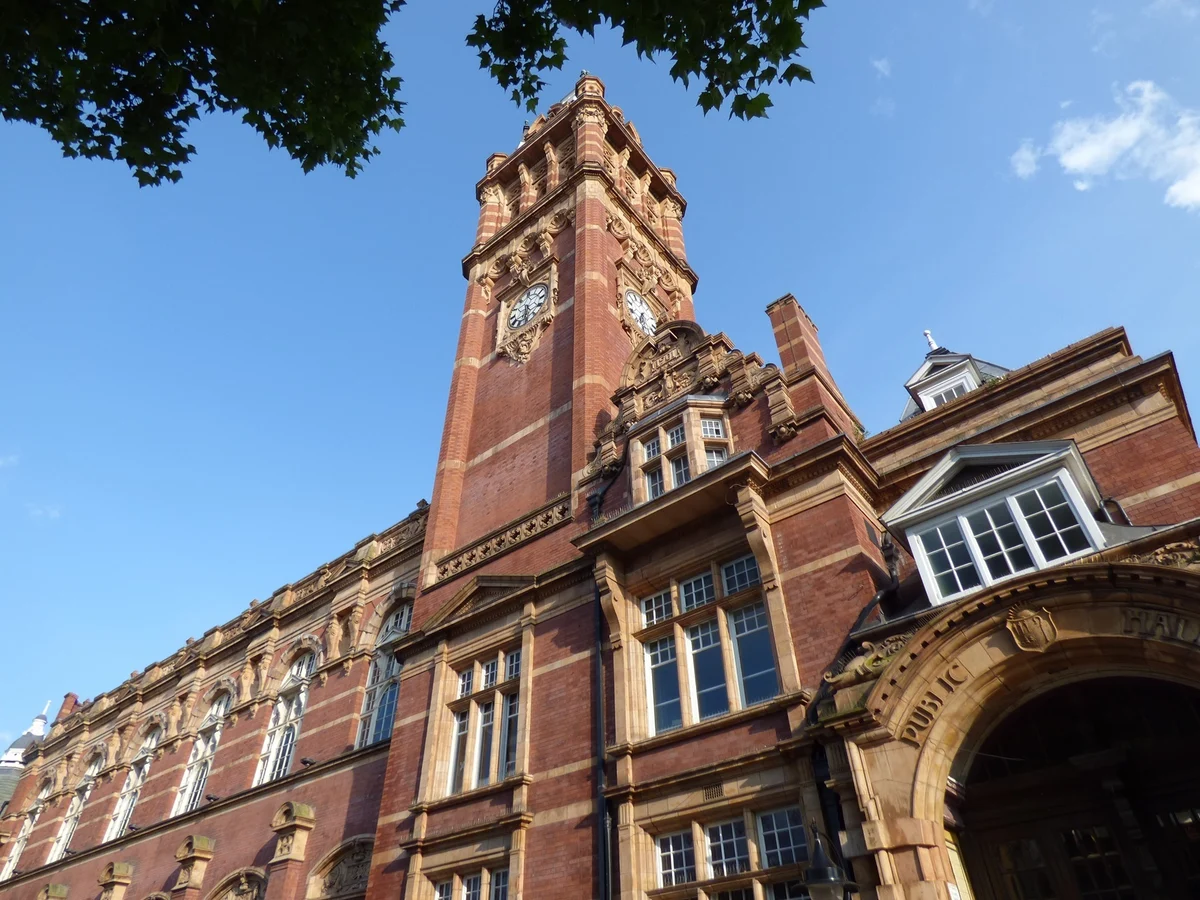Copyright Arkansas Times

Health care providers sent Arkansas officials more than 300 proposals for how to utilize federal funding the state expects to receive to bolster rural health care in the face of impending changes to Medicaid. State officials applied Oct. 31 for nearly $1 billion of the $50 billion in the Rural Health Transformation Fund, which was set aside in the federal budget reconciliation law passed in July. The state asked for $200 million per year over five years, and many of the applicants that sent their proposals to the state in October provided five-year plans for their funding requests. All 50 states have applied for a share of the federal fund. The U.S. Centers for Medicare and Medicaid Services said it will notify states by Dec. 31 if their applications are approved. Arkansas requested $996.8 million to support four initiatives: $150.5 million for Healthy Eating, Active Recreation and Transformation (HEART) $393 million for Promoting Access, Coordination and Transformation (PACT) $161.55 million for Recruitment, Innovation, Skills and Education for Arkansas (RISE AR) $266.75 million for Telehealth, Health-monitoring and Response Innovation for Vital Expansion (THRIVE) The remaining $25 million would cover administrative costs, according to the state’s application. Gov. Sarah Huckabee Sanders said in a Wednesday news release that the federal aid would “allow us to build on all we have done so far, like investing in maternal health, combatting food insecurity, and promoting better health and nutrition statewide.” On Thursday, Republican state Sen. Missy Irvin of Mountain View praised the “robust response” to the state’s call for applications and the “excellent ideas” proposed. Irvin chairs the Senate Public Health, Welfare and Labor Committee and represents a largely rural North Arkansas constituency. The Advocate obtained the individual funding requests from the Arkansas Department of Finance and Administration via a public records request. Many of the proposals pertained to at least one of the four initiatives. For example, the Arkansas Health Care Association School of Nursing asked for more than $9.25 million to train and retain licensed nurses in rural areas. The proposal would likely fit in the RISE AR category. “This is not simply a training program — it is a transformative career pathway model that builds capacity, strengthens communities, and ensures that every Arkansan, regardless of ZIP code, can receive quality care from a skilled and compassionate nurse,” the application states. The AHCA represents 90% of the state’s long-term care providers, according to its website, and its nursing school offers training leading to licensure for practical nurses and certification for medication assistants. Hospital systems’ applications If Arkansas receives all the funding it requested from the Rural Health Transformation Fund, not all the applicants would get all the money they requested. Mercy Health, based in Missouri with several hospitals in Arkansas, asked for $200 million in capital funds for equipment and infrastructure upgrades. Multiple Mercy hospitals made their own funding requests, such as the Waldron location’s $794,300 request for facility renovations and the Ozark location’s $9,950 request to improve its telehealth services. The University of Arkansas for Medical Sciences and Arkansas Children’s Hospital also submitted rural health funding proposals. UAMS’ proposal included forming a “clinically integrated network” of at least 30 rural hospitals and clinics “that shares data, care teams and purchasing power” so rural health care providers “can get paid for delivering better health.” The plan would require between $100 million and $153 million “depending on Medicaid population inclusion.” Arkansas Children’s requested $34.2 million over five years to bring specialized pediatric care to rural areas and treat chronic conditions in children. “Effectively deploying care and resources to areas with the fewest and sickest kids proves to be a significant challenge due to current funding and workforce frameworks,” the hospital’s proposal states. “…America’s healthcare system is not built with the rural child in mind.” Some hospitals’ funding requests sought to address specific areas of medical care. Washington Regional Hospital in Fayetteville asked for $12 million to improve its diagnostic imaging capabilities for neurological care, and Johnson Regional Medical Center in Clarksville asked for between $500,000 and $700,000 for mammography services to improve its breast cancer detection capacity. Other funding requests Other applicants included small local health care providers and initiatives, such as Coleman Pharmacy of Alma. State Sen. Justin Boyd, the location’s pharmacist and a Republican from Fort Smith, submitted the pharmacy’s proposal. “Expanding pharmacists’ prescriptive authority for hypertension and cardiovascular care would improve access, reduce hospitalizations, and save an estimated $11 billion over 30 years,” Boyd wrote. An addiction treatment center in Berryville called 29:11 Healing and Recovery Center estimated a need for $200 million to broaden its reach via telehealth, behavioral health services, mobile health units and recruitment and retention of health care professionals in five Northwest Arkansas counties. In Northeast Arkansas, the Arkansas Methodist Medical Center requested $175,321.37 for a new ambulance. The Paragould hospital was among 17 rural hospitals to receive federal COVID-19 relief funds from the state between 2022 and 2024. The Arkansas Ambulance Association also requested funding for several initiatives, including replacing outdated vehicles, training more paramedics and expanding telehealth capacity. The organization requested $88.4 million over five years. A 2023 study found that all 75 counties in Arkansas have at least one ambulance desert, meaning it takes paramedics longer than 25 minutes to drive to some residents’ homes. Hundreds of thousands of Arkansans rely on Medicaid, particularly in rural areas, and emergency medical services professionals said this causes financial strain for rural ambulance services. The new budget reconciliation law cuts more than $1 trillion from Medicaid, the federal-state public health insurance for low-income Americans, over the next decade to help pay for tax cuts that disproportionately benefit the wealthy. Those cuts include $155 billion less in rural Medicaid spending over 10 years, as estimated by KFF, a nonprofit health policy and research group. Experts, hospital leaders and lawmakers from both political parties fear that Trump’s signature legislation will particularly gut rural hospitals and clinics, which see larger proportions of patients insured through Medicaid. This raises concerns that $50 billion for rural health aid might not be enough.



